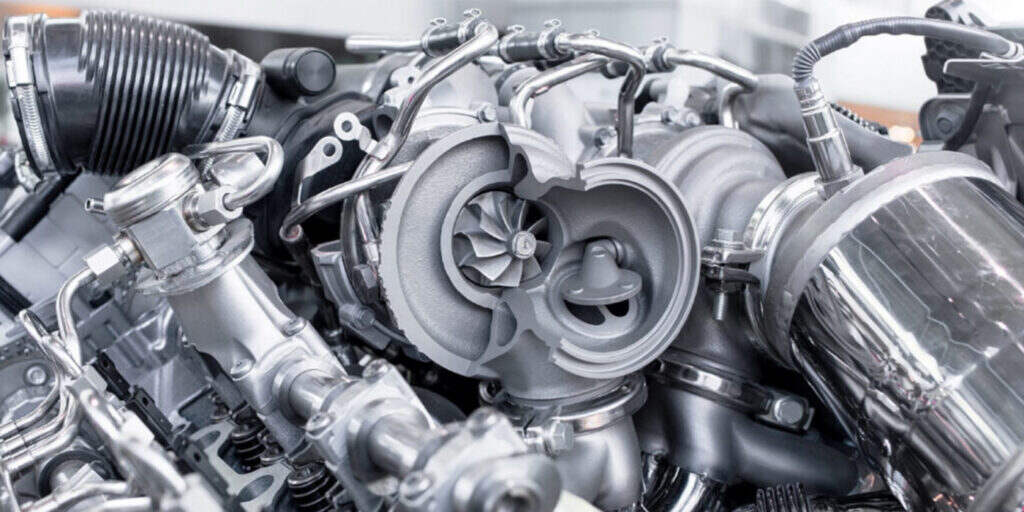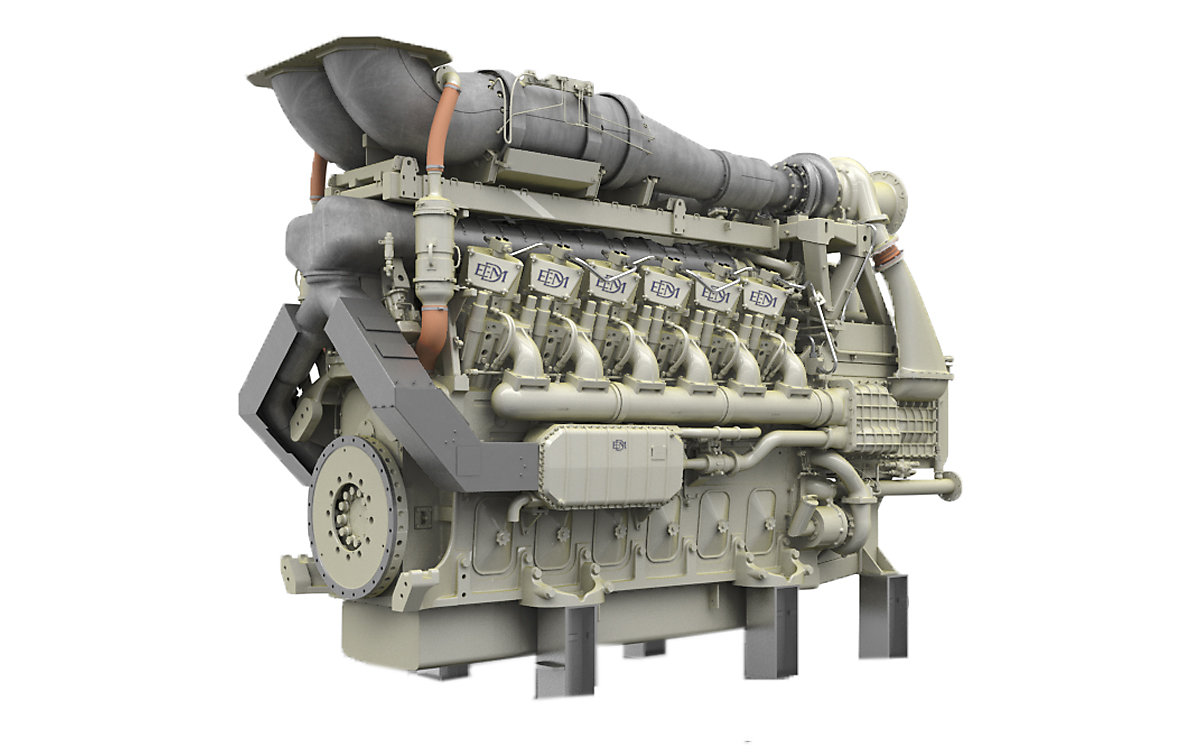The Pursuit for Ultimate Driving Power: Checking Out the Pinnacle of Engine Efficiency and Technological Innovations in the Automotive Industry
In the realm of automobile engineering, the quest of optimum driving power has actually been a ruthless quest that has unfolded through the evolution of engine design and the integration of sophisticated innovations. From the precise workmanship of burning engines to the quick improvements in electric propulsion systems, the automotive sector stands at the cusp of a new period characterized by extraordinary performance abilities.
Development of Engine Design

Additionally, the combination of turbocharging and turbo charging innovations has actually transformed engine design by improving power without considerably enhancing engine dimension. These forced induction systems compress the intake air, permitting even more fuel to be ignited, thereby generating greater power result from a smaller sized engine. This improvement has actually been especially vital in boosting the efficiency of smaller sized variation engines while maintaining gas efficiency criteria.

Performance-Enhancing Fuel Technologies
The implementation of sophisticated fuel innovations has actually considerably contributed to boosting engine performance in modern-day automobiles. Biofuels, derived from sustainable sources like algae, sugarcane, or corn, offer reduced exhausts and boosted engine performance. Furthermore, gas ingredients and detergents are being created to tidy engine parts, optimize burning, and minimize friction, thereby enhancing total lorry efficiency.
Improvements in Electric Propulsion
Considerable strides in electric propulsion modern technology have revolutionized the auto market, leading the way for a new era of lasting and efficient transport. Electric vehicles (EVs) are gaining popularity because of their environmental benefits and improvements in battery innovation, enabling longer driving ranges and much shorter charging times. Suppliers are spending heavily in r & d to enhance the performance of electric propulsion systems, concentrating on enhancing power result, improving power performance, and lowering overall weight.
One significant breakthrough in electric propulsion is the growth of advanced electric motors that provide higher torque and power density, leading to enhanced velocity and general driving performance. Furthermore, regenerative braking systems have been fine-tuned to keep and catch energy during deceleration, more boosting the efficiency of EVs.
Moreover, the assimilation of wise technologies, such as expert system and predictive analytics, is maximizing the administration of electrical propulsion systems, ensuring optimal performance under numerous driving problems. like this These improvements in electric propulsion are improving the automotive landscape, driving the sector in the direction of a much more sustainable and energized future.
Influence of Computational Fluid Dynamics
With developments in electrical propulsion pressing the boundaries of automotive technology, the combination of Computational Fluid Characteristics is playing an essential duty in optimizing aerodynamic performance and enhancing total efficiency in car style. Computational Liquid Characteristics (CFD) entails using computer system simulations to assess the circulation of air around a car, making it possible for designers to forecast just how style adjustments will certainly affect aerodynamics without the need for pricey physical prototypes. By properly modeling air movement patterns, CFD enables the refinement of lorry forms to decrease drag, enhance cooling, and improve security.
CFD allows designers to optimize air movement around elements such as radiators, engine bays, and wheel wells, adding to improved performance and total driving experience. In conclusion, the combination of Computational Liquid Characteristics stands for a considerable action onward in the mission for utmost driving power and performance in the vehicle market.
Future Patterns in Engine Advancement
In the vibrant landscape of automobile design, sophisticated improvements are shaping the future trajectory of engine innovation. The future of engine design is marked by a solid emphasis on performance, performance, and sustainability. Manufacturers are progressively focusing on creating engines that not just deliver high power outcomes however additionally focus on environmental responsibility by improving and decreasing exhausts fuel efficiency.
One popular fad in engine development is the surge of electrification. Crossbreed and electrical powertrains are acquiring grip as practical options to standard burning engines. These innovations provide the possibility for considerable decreases in carbon exhausts and boosted power effectiveness, straightening with global initiatives to deal with climate modification.
Additionally, improvements in products scientific research and production techniques are enabling the manufacturing of lighter and extra long lasting engine elements. This shift in the direction of lightweight products such as carbon fiber and aluminum alloys adds to boosted performance and gas economic situation.
Verdict
In final thought, the search of utmost driving power in the vehicle field remains to drive innovations in engine style, gas technologies, electric propulsion, and computational liquid dynamics. The development of these innovations is shaping the future of engine innovation, leading the means for much more effective and efficient cars (engines for africa). As the sector proceeds to push the limits Going Here of what is feasible, we can expect to see even much more innovative growths from this source in the mission for peak performance
One of the key landmarks in engine style evolution is the change from typical carbureted engines to contemporary fuel-injected systems. By exactly metering the fuel shipment to each cylinder, fuel-injected engines enhance combustion, resulting in far better efficiency and decreased environmental effect.
Moreover, the assimilation of turbocharging and supercharging innovations has actually changed engine style by boosting power without substantially increasing engine size (engines for africa).The execution of innovative fuel technologies has significantly added to boosting engine performance in modern-day lorries. In addition, fuel additives and detergents are being developed to clean engine components, maximize burning, and decrease rubbing, thereby enhancing total vehicle efficiency